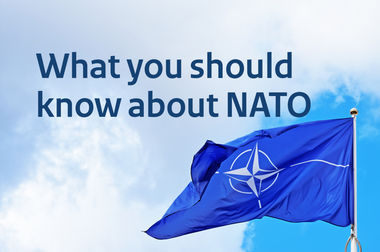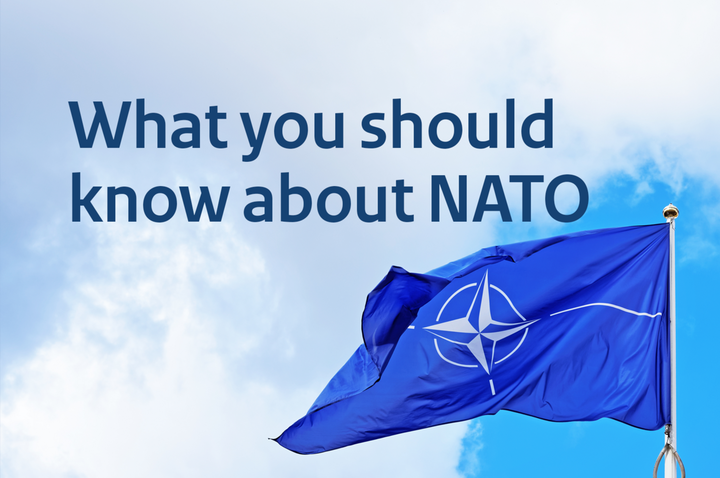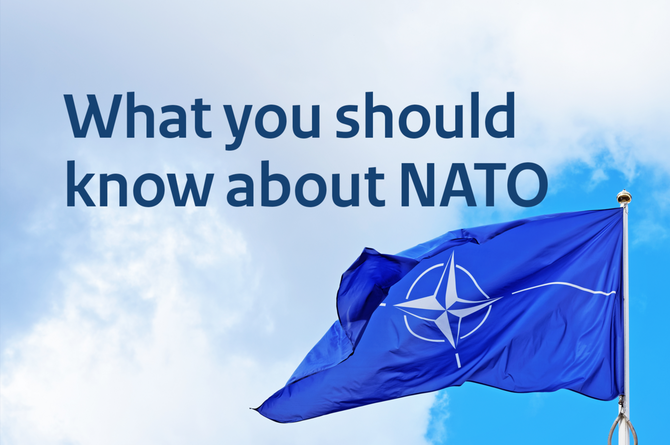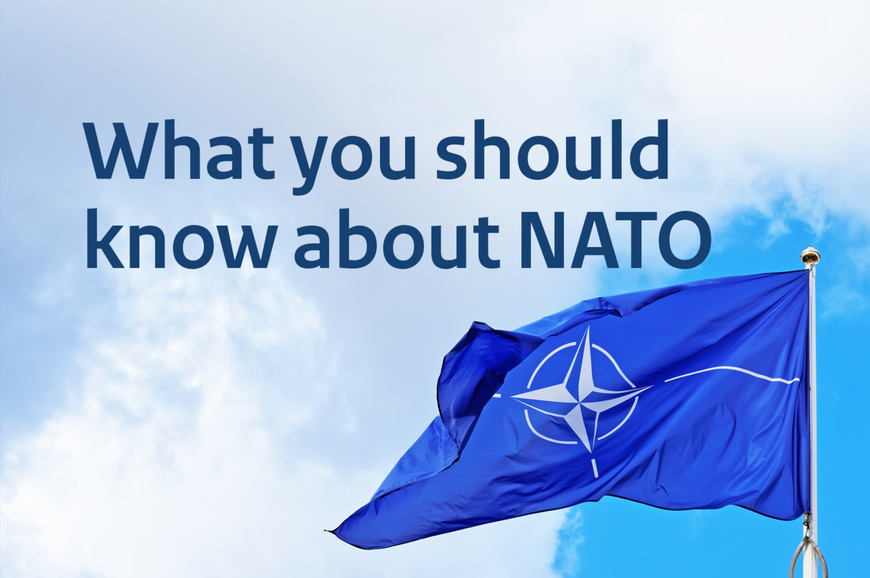



Introduction:
NATO, the North Atlantic Treaty Organization, is a military alliance established in 1949 with the goal of promoting collective defense and maintaining peace in the North Atlantic region. This review will delve into the reasons for creating NATO, its historical significance, the period when it was strongest, and its structure as an international organization.
Reasons for Creating NATO:
NATO was created in the aftermath of World War II, a time when Europe was facing significant security challenges. The primary motivation behind its establishment was to provide a collective defense mechanism against potential Soviet aggression during the Cold War. The signing of the North Atlantic Treaty in 1949 marked a commitment among member states to mutual defense and the principle of "an attack on one is an attack on all."
Strength and Historical Significance:
NATO's strength has varied throughout its history, influenced by geopolitical dynamics and global events. The alliance was strongest during the Cold War period, particularly in the 1950s and 1960s, when the threat of Soviet expansionism was at its peak. NATO played a crucial role in deterring Soviet aggression, ensuring the security of its member states, and promoting stability in Europe.
The significance of NATO during the Cold War is demonstrated by its successful containment of Soviet influence, as well as its role in preserving the peace and preventing major conflicts in Europe. The alliance's collective defense posture provided reassurance to its member states and acted as a deterrent against potential aggression.
Structure of NATO:
NATO operates as an intergovernmental military alliance, comprising 30 member countries as of 2021. The organizational structure of NATO consists of various bodies and institutions that facilitate decision-making and cooperation among member states. The key components include:
North Atlantic Council (NAC): The NAC is the highest decision-making body in NATO, composed of representatives from each member state. It meets regularly to discuss and coordinate policies, make strategic decisions, and address security challenges.
Military Committee (MC): The MC is composed of the military chiefs of staff from each member state. It provides military advice and recommendations to the NAC and assists in shaping NATO's military strategy and capabilities.
International Staff (IS): The IS, based at NATO headquarters in Brussels, supports the NAC in its work. It provides expertise, policy guidance, and administrative support to various NATO bodies.
Integrated Command Structure (ICS): The ICS consists of NATO's military command and control infrastructure, comprising strategic commands, regional commands, and joint force commands. It ensures the coordination and execution of NATO's military operations and missions.
Partnership Programs: NATO has developed partnership programs with non-member countries and organizations to promote cooperation, dialogue, and interoperability. These partnerships enhance security and stability beyond NATO's borders.
Conclusion:
NATO has played a pivotal role in promoting collective defense, fostering security, and maintaining peace in the North Atlantic region since its inception. Created to address the challenges of the Cold War, NATO's strength has fluctuated over time, with its strongest period occurring during the height of the Cold War in the 1950s and 1960s.
The organizational structure of NATO, centered around the North Atlantic Council and the Military Committee, enables effective decision-making and cooperation among member states. NATO's integrated command structure and partnership programs enhance its military capabilities and extend its reach beyond its member countries.
While NATO's primary focus has shifted since the end of the Cold War, the alliance remains a significant force for collective defense and international security. It continues to adapt to evolving security challenges and uphold its core principles of mutual defense, cooperation, and stability in the face of global threats.